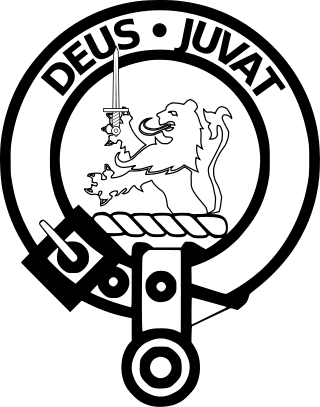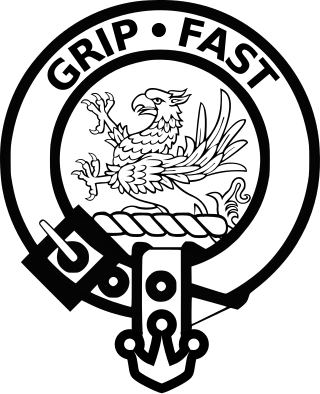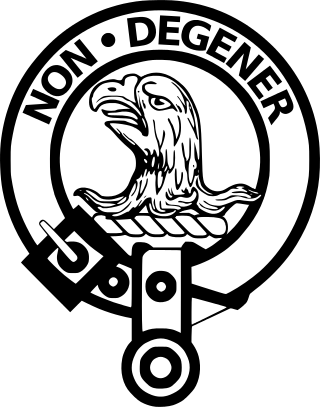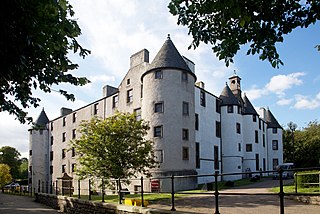
John Graham, 7th of Claverhouse, 1st Viscount Dundee was a Scottish soldier and nobleman, a Tory and an Episcopalian. He was responsible for policing southwest Scotland during and after the religious unrest and rebellion of the late 17th century, and went on to lead the Jacobite rising of 1689.

Earl of Dundee is a title in the Peerage of Scotland. It was created in 1660 for John Scrymgeour, 3rd Viscount Dudhope. At his death in 1668, the Duke of Lauderdale declared that the first Earl had no heirs-male, and had the crown seize all of his lands. The earldom of Dundee became dormant and its holdings and offices were granted to Charles Maitland, 3rd Earl of Lauderdale, the Duke's younger brother. The title was revived in 1953, when it was determined that the first Earl did indeed have heirs-male, contrary to the assertion of the crown. The title was given to Henry James Scrymgeour-Wedderburn, who had previously served in the House of Commons and in the Cabinet.

Alexander Henry Scrymgeour, 12th Earl of Dundee,, is a Scottish peer, Conservative politician and Chief of the Clan Scrymgeour.

Clan MacDuff or Clan Duff is a Lowland Scottish clan. The clan does not currently have a chief and is therefore considered an Armigerous clan, which is registered with the Lyon Court. The early chiefs of Clan MacDuff were the original Earls of Fife, although this title went to the Stewarts of Albany in the late fourteenth century. The title returned to the MacDuff chief when William Duff was made Earl Fife in 1759. His descendant Alexander Duff was made Duke of Fife in 1889.

The Bearer of the Royal Banner is one of the Great Officers of the Royal Household in Scotland. The bearer participates in royal, state, and other ceremonial events when needed.

Henry James Scrymgeour-Wedderburn, 11th Earl of Dundee, was a Scottish nobleman, soldier and politician.

Clan Graham is a Scottish clan who had territories in both the Scottish Highlands and Lowlands, with one main branch Montrose, and various cadet branches. The chief of the clan rose to become the Marquess and later Duke of Montrose.

Clan Leslie is a Lowland Scottish clan. The progenitor of the Clan, Bartolf, was a nobleman from Hungary, who came to Scotland in 1067. He built a castle at Lesselyn, from which the clan name derives.

Dudhope Castle is an extended late medieval tower house located on the southern face of Dundee Law in Dundee, Scotland.

Clan Wedderburn is a Lowland Scottish clan.
Sir Dugald Campbell was a Scottish landowner.
Scrymgeour is a Scottish clan and may refer to:
John Scrymgeour, 3rd Viscount Dudhope and 1st Earl of Dundee was a member of the Scottish nobility and fought in the Wars of the Three Kingdoms.
John Scrymgeour or Scrimgeour, 1st Viscount of Dudhope was a Scottish politician.
John Lyon, 3rd Lord of Glamis was a Scottish nobleman.
Sir Alexander Scrymgeour was a Scottish knight who took part in the War of Scottish Independence, as a supporter of Robert de Brus. He was constable of Dundee and Scottish standard bearer who was captured and later executed by the English in 1306.
David Seton of Parbroath was a Scottish courtier and administrator.

James Scrimgeour Scottish landowner and Constable of Dundee.
John Scrimgeour or Scrymgeour may refer to:












